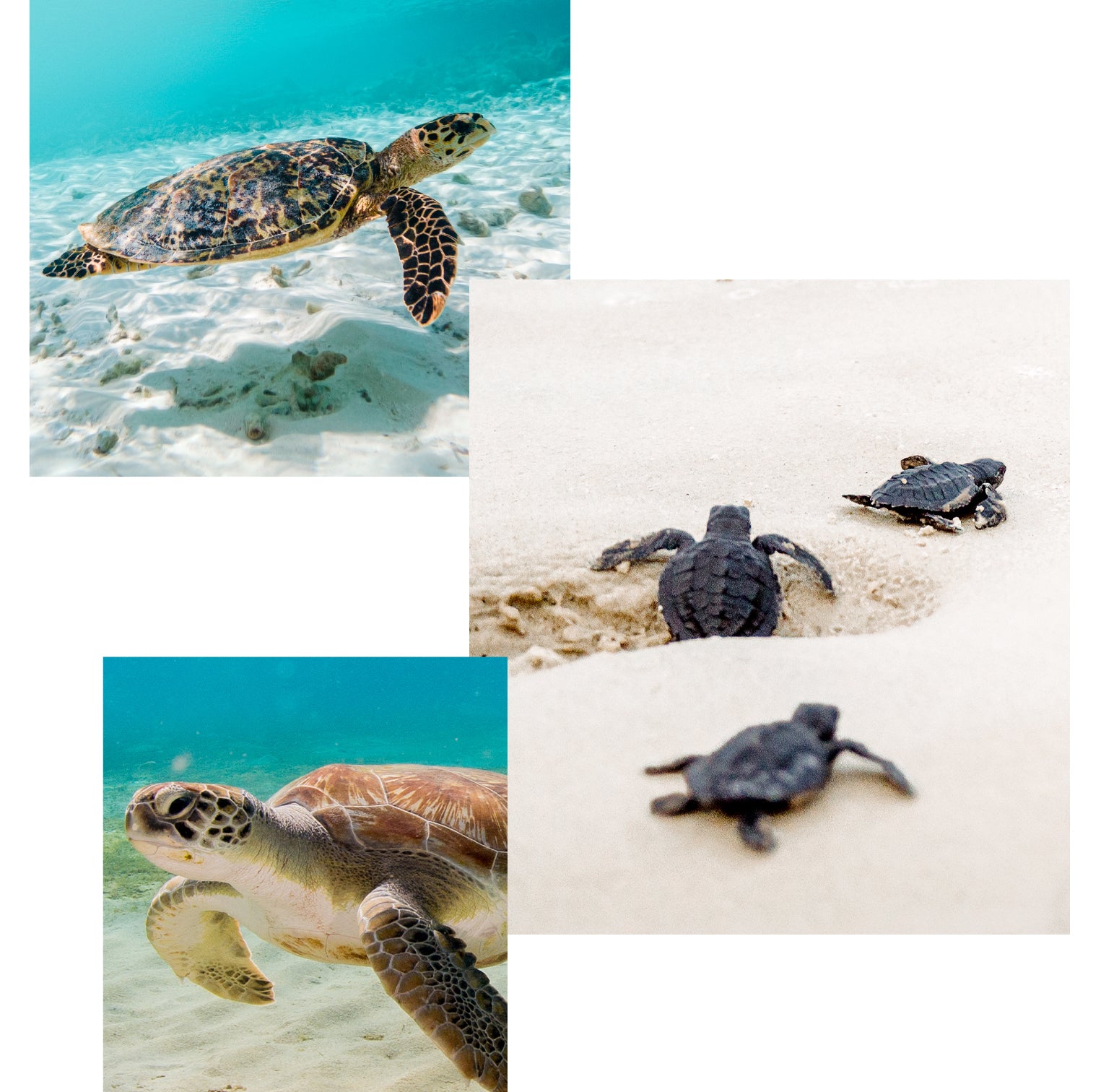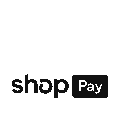Sea Turtles
Behind the cause
Indigenous people of South and Central America have a strong connection with marine turtles going back millennia, considering them to be "messengers," "grandmothers," and “wisdom keepers” because of their longevity. This respectful relationship is deeply embedded in their culture, traditions, and celebrated in songs, rituals, and art.
But sea turtles such as Hawksbills, Olive Ridleys, Green and Leatherbacks—key indicators of the health of marine and coastal ecosystems—have been under threat for decades from causes including indiscriminate fishing practices, ocean pollution (plastics), climate change, egg poaching, and the degradation of nesting sites. Highly migratory, sea turtles travel instinctually along ancient routes that in this region run between the Amazon and Mesoamerica. For that reason, their conservation is most effective when it connects across national boundaries and ecosystems and is informed by those whose knowledge of these historic patterns runs deepest, and whose livelihoods are dependent on their survival.
Two and a half years ago, leaders of indigenous local coastal communities from Colombia, Panama, Costa Rica, and Mexico came together with the Amazon Conservation Team to launch Ancestral Tides. Drawing on both traditional knowledge and western science, the indigenous sea turtle conservation communities exchanged insight and strategies to conserve these coastal ecosystems and sea turtles while revitalising associated cultural traditions.
Today Ancestral Tides connects five indigenous groups across four
countries, from the Kogi in Colombia to the Comcáac in Northern Mexico. Together, they combine proved methods of sea turtle protection such as nesting site restoration and relocation, turtle tagging and hatcheries with cutting-edge GPS transmission to find hotspots for their conservation.
Chantecaille is proud to support the Amazon Conservation Team and its Ancestral Tides initiative in this groundbreaking effort.
Sea Turtle Collection
SEA TURTLE FACTS
Migration: Sea Turtles travel great distances along the Pacific and Atlantic coastline—as many as 2,000 miles a season, even reaching other continents such as Asia and Africa.
Nesting: When sea turtles nest, they dig a pit in the sand, fill it with roughly 100-150 eggs, then cover it. Then the turtles retreat to the sea, leaving the eggs to hatch in 45 to 60 days. This is a period fraught with danger, when hatchlings instinctively make the journey from
their nests to the sea, hopefully evading crabs and shore birds. In populated areas, the hatchlings often grow confused by lights along shore, and instead head toward the lights. Another hazard for sea turtles is floating plastic trash, which they often mistake for jellyfish, a source of food.
Hotspots: Playa Preciosa in the Osa Peninsula - where Ancestral Tides
was hatched - is the most important nesting site for Hawksbill turtles on the Pacific coast of Costa Rica and the fifth most important on the continent.
The giant Leatherback Sea Turtle is an endangered species sacred to the Comcaac community in Mexico, embedded in their history, costumes and folklore. Along the rainforest beaches of the Caribbean
coast of Panama, the Guna Yala people protect the nests of thousands of Leatherbacks, which they consider a sister species.
Turtle species
Globally, the Hawksbill turtle is critically endangered, the Leatherback and Olive Ridley turtles are listed as vulnerable, according to the IUCN Red List of Threatened Species.
Their disappearance is mainly because of coastal development/habitat loss, climate change killing the coastal coral reefs they rely on for food, accidental capture in fishing nets, the illegal sea turtle shell trade, and the continued practice of consuming turtle eggs and meat.
Hawksbills: The Hawksbill turtle’s tapered head ends in a sharp point resembling a bird’s beak that gives it its name. Hawksbills are found throughout the tropical waters of the Atlantic, Pacific, and Indian
Oceans. They avoid deep water, preferring coastlines where the sponges they like to feed on are abundant, and sandy nesting sites are within reach. These highly migratory reptiles help maintain a healthy coral reef ecosystem.
Leatherbacks: Leatherback turtles are named for their shell, which is leather-like rather than hard, like those of other turtles. The Leatherback is the largest turtle in the world. They are also highly migratory, some swimming over 10,000 miles a year between nesting and foraging grounds, from the Atlantic to the Pacific. They are also accomplished divers, with the deepest recorded dive reaching nearly 4,000 feet—deeper than most marine mammals.
Olive Ridleys: The Olive Ridley gets its name from the olive-green color of its heart-shaped shell. The species is among the smallest of all sea turtles and are found throughout the world. They are among the most abundant species, though their numbers are greatly reduced from historical records—more than 10 million in the Pacific alone—as they were harvested for their meat, eggs and skin.





